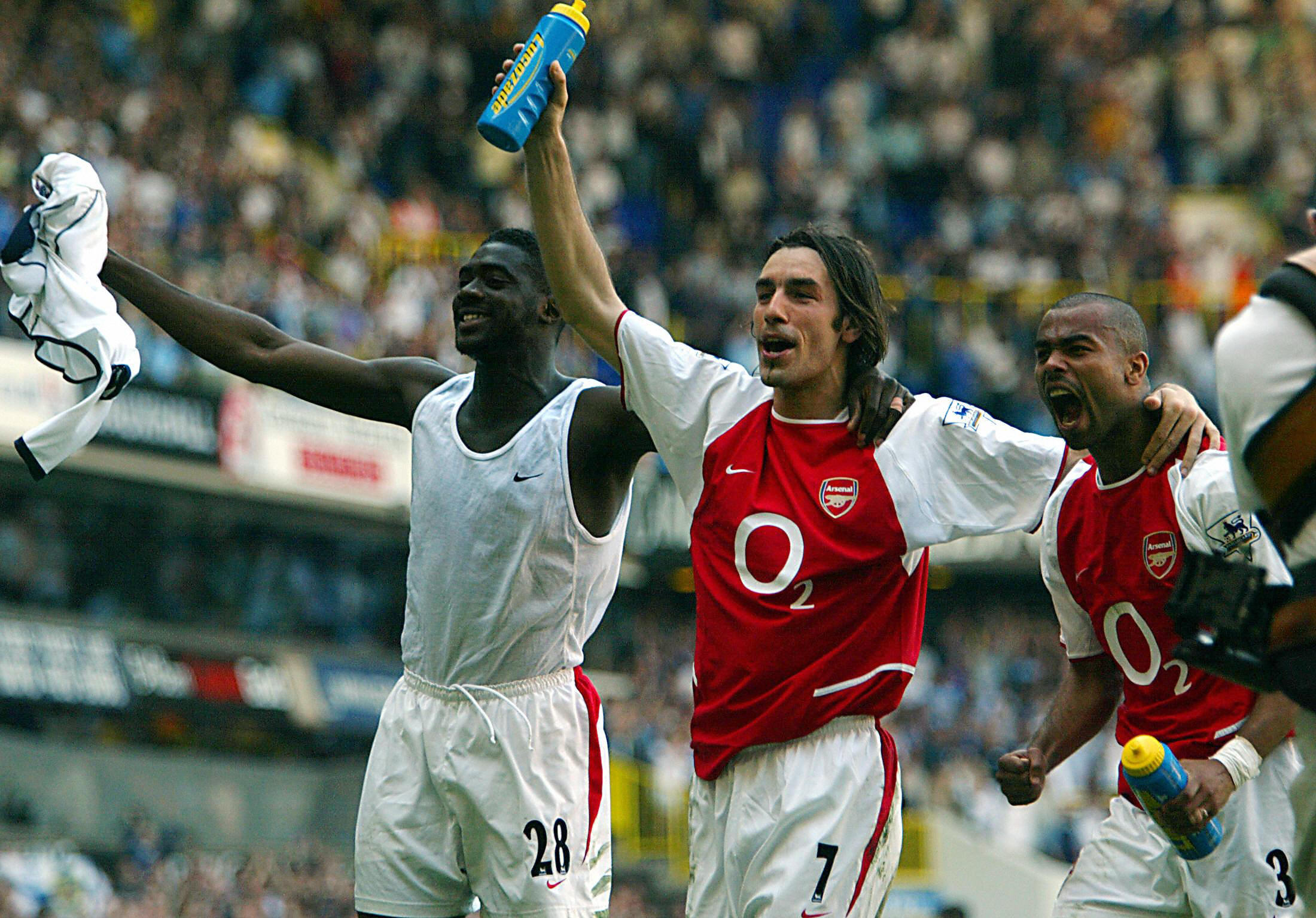People who know a little about the history of our firm sometimes credit us with being ahead of our time. When we set out 30+ years ago we made an early decision that we would only invest in stocks of high-quality companies capable of growing revenues and cash flows over long periods of time, and then only when we could purchase them at reasonable prices. Mind you, this was two years before Eugene Fama and Kenneth French proposed their three-factor model incorporating value, and more than a decade before Cliff Asness’s seminal work on quality or the conflicting studies on the long-term premium provided by growth. So, we weren’t thinking of these aspects of our process as “factors,” or permanent sources of returns, in the current sense of the term. We thought they were merely sensible principles, based on our own beliefs about the markets, that would give us the best chance of achieving the above-market returns necessary to satisfy our clients and sustain our fledgling enterprise. Considering we had left well-paying jobs to stake our futures on these ideas, there were probably some people who thought us out of our minds. And, in a sense, they were right.
Value: Patience as a Virtue
Though we are frequently characterized today as “quality growth” investors, the truth is we started from a place of focusing on value. We have always believed that, as Warren Buffet put it, “price is what you pay; value is what you get.” We also recognize that, while the two converge over time, it is impossible to predict when that convergence may occur. Over the years other value-focused investors have come up with various ways of coping with this unpredictability. Some implement value strategies by timing their purchases so there is not only a share price that implies a discount to underlying value, but also a “catalyst” to accelerate that convergence. Another group, among them followers of the father of value investing, Ben Graham, effectively puts a cap on their patience. They buy stocks trading at a discount to value, but if price and value haven’t converged after some period, they move on to another investment. We were young, figured we had time to wait, and saw no need to identify catalysts or impose a time limit for estimated values to materialize in current market prices.
Growth: In Case We Were Wrong
Investment managers with our very fundamental, bottom-up approach to investing spend much effort determining what a share in a company is worth. That entails thinking about a company’s addressable market, market share, the relative power of its suppliers and customers, volumes, prices, and margins, and making forecasts of those variables, and others, many years into the future. Given that we don’t know what will happen tomorrow, let alone several thousand tomorrows from now, these forecasts are never going to be terribly accurate. Once we translate our forecasts into estimates of the company’s future cash flows, we discount those cash flows to a present value using a discount rate. What that discount rate should be is also highly uncertain. At the end of the day, we gain a rough idea of what a share in a company is worth, but one subject to a very large margin of error.
Cash flows are hard to forecast and future discount rates completely unpredictable. But we figured that if the valuation at purchase was too high and didn’t rise, if at least we had growth the investment would still generate a positive return.
We liked prospective growth because it can bail us out of those forecasting errors. When we buy a stock, the return we achieve over time will be a function of changes in estimates of its value (i.e., its earnings multiple) and in the growth of its earnings. Changes in the multiple come about through changes in estimates of future cash flows and, if not more important, changes in the rate at which you discount those cash flows. Cash flows are hard to forecast and future discount rates completely unpredictable. But we figured that if the valuation at purchase was too high and didn’t rise, if at least we had growth the investment would still generate a positive return.
Quality: The Element of Positive Surprise
Quality came into the process mainly as the way to control risk and boost our odds of success. Quality is related to growth in that a higher-quality company is more likely to make high levels of returns on its capital investments, and to have more growth opportunities in which to invest the cash it generates. But quality is also about financial strength and avoiding the risk of having to rely on a balance sheet that can’t withstand the vagaries of the economy, product cycles, or waves of competitive pressure. Finally, it’s about the ability of management to see opportunities and threats, and to deliver to shareholders the expected returns on growth opportunities.
Ideally, a company will exhibit a track record of such patterns and behaviors that extends across successive management teams—evidence of an enduring company culture that is hard to measure objectively but can lend some degree of confidence to our forecasts amid all the uncertainty. A high-quality company, in other words, is one which will tend to give us pleasant surprises. While we realized we would nearly always be wrong, outcomes can be better than forecast as well as worse. By focusing on high-quality companies, we believed we could skew the distribution of our surprises in the positive, not negative, direction.
Out of Our Minds
Thirty years later, our process has become more structured and systematic, and our methods more refined, but the essential relationship among the core aspects of our investment principles remains very much the same. So has our approach to tackling the intellectual challenges with which we wrestle to this day. Now, as then, we subscribe to a belief that it’s always better to get our thought processes, ideas, arguments, and however-partially baked notions out of our own heads and onto a page, where we are more accountable for them and others can help us make them better. We hope you’ll start looking to this space for more of what comes out of our minds.
What did you think of this piece?








